The House Martin is a small member of the swallow, or Hirundinidae, family. They are common birds, and live throughout much of Eurasia and Africa. Like many other swallows, these birds migrate seasonally.
During the spring and summer they live in Eurasia, and during the winter they live in Sub Saharan Africa and southern Asia. Read on to learn about the House Martin.
Description of the House Martin
These little swallows have long, pointed wings and forked tails. The feathers on the tops of their heads and along their backs, and the tops of their wings are dark blue. Their undersides are white or cream colored, and they have small white feathers on their legs as well.
Like all swallows, their beaks are very short, but their mouths are quite wide. House Martins are just five inches long, and weigh less than an ounce.
Interesting Facts About the House Martin
This little bird is widespread and common throughout its range. Learn what makes them unique below.
- “Cityslicker” – If the barn swallow is a farm bird, the House Martin is something of a “cityslicker.” Though barn swallows rely on barns and other human structures to build their nests, they usually do not live in more urban areas. these birds, on the other hand, frequently live in busy cities.
- Unique Nests – Like some other swallow species, House Martins have a unique method for building their nests. They use pellets of mud to build clay-like nests on the outsides of houses and buildings. They usually build their nests just underneath the overhang of the roof.
- House-Nappers – Having such a solid nest is undoubtedly desirable to nesting birds. So much so, that other species try to steal the nests these birds build! Because of this, they build the entrance to their nest incredibly small, so that other birds cannot fit through.
- Interspecies Interlopers – House Martins do not always choose others of their kind as their mates! These little birds sometimes mate with barn swallows, resulting in hybrid offspring between the two species.
Habitat of the House Martin
House Martins hunt for flying insects, and the easiest place to catch them is over open areas. Because of this, some of their favorite hunting habitats are meadows, fields, grasslands, and open woodlands. They prefer habitats closer to water, again, because the water attracts their preferred prey to these areas.
Some live closer to sea level, while others range to elevations over 7,000 ft. above sea level! This species often lives in urban areas, like farms, pastures, parks, and cities.
Distribution of the House Martin
This species is widely distributed across Eurasia and Africa. During the spring and summer, they live throughout most of Europe, parts of the Middle East, and in northern Asia.
As winter arrives, they move south into Sub Saharan Africa, eastern India, Bangladesh, Myanmar, Thailand, Cambodia, and Vietnam. In some areas of this range they are more common, and in other areas their populations are smaller.
Diet of the House Martin
House Martins, like most sparrows, are insectivores. The vast majority of their diet consists of insects, and they primarily hunt flying insects. Some of their common prey items include flies, aphids, flying ants, and more.
They catch these flying insects right out of the air. In watery areas they fly lower to the ground, and in other areas they hunt between 60 and 160 ft. above the ground.
House Martin and Human Interaction
These birds have very high population numbers across the globe. However, their numbers in some areas are declining. These birds usually benefit from human activity, like agriculture, clearing forests, and building urban infrastructure.
However, pollution, pesticides, and nest destruction all cause population decline in this species. Because their global populations are so high, the IUCN lists this species as Least Concern.
Domestication
Humans have not domesticated House Martins in any way.
Does the House Martin Make a Good Pet
No, House Martins do not make good pets. Even though they are small birds, they do not do well in a household setting. They capture their food in the air, fly very swiftly, and need lots of space for these activities. In many places, it is illegal to own one as a pet.
House Martin Care
Zoos and aquariums rarely keep sparrows, primarily because they are somewhat difficult to care for. They catch their food while it is flying through the air, which makes it difficult to feed them.
Most of the House Martins in zoos live there because they could no longer survive in the wild. They eat a variety of insects, crickets, flies, mealworms, and pelleted insectivore diet.
Behavior of the House Martin
House Martins are diurnal birds that are most active during the day. You often see them in groups, known as flocks. They are quite social, and prefer living in close proximity to one another. In fact, pairs of House Martins breed close to other pairs in small colonies. While most colonies do not contain more than 10 pairs, some colonies reach numbers in the thousands!
Reproduction of the House Martin
Pairs of martins work together to build their nests out of mud pellets. Females lay an average of four or five eggs, and they usually take all incubation duties. It takes about two weeks for the eggs to hatch, and three or four weeks for the chicks to begin learning to fly. After they leave the nest, the parents feed the chicks for about a week before the chicks become self-sufficient.

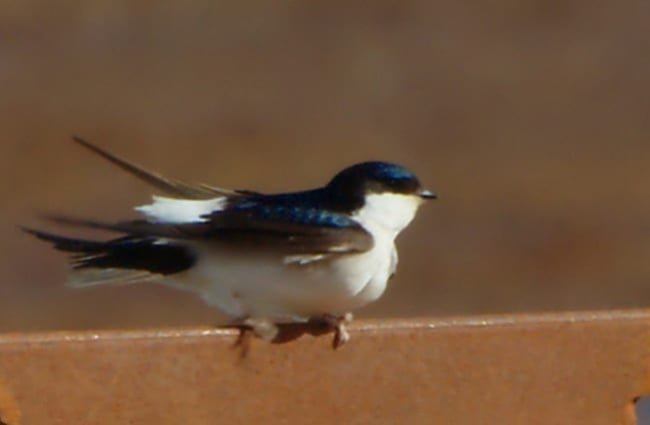
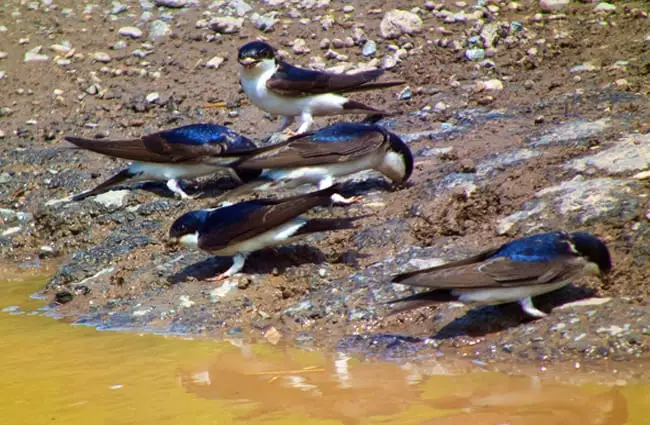
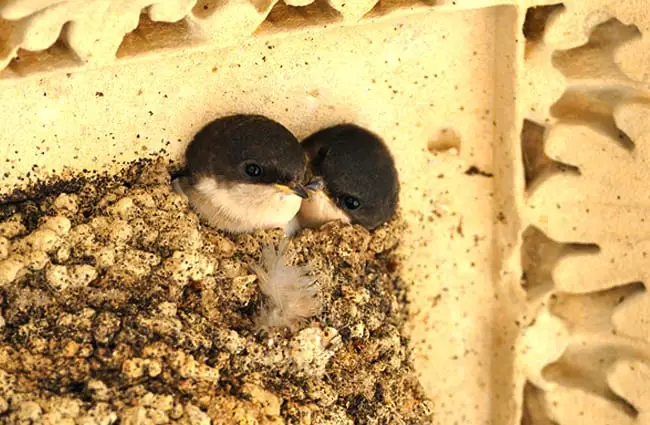

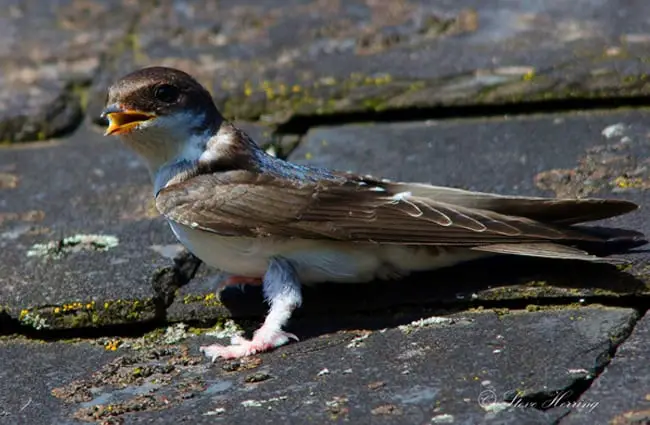
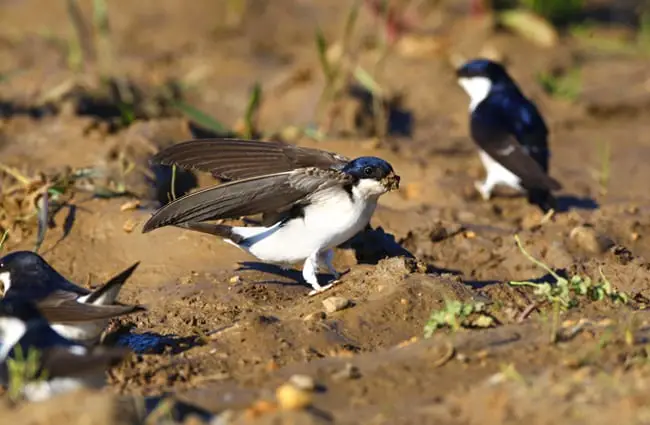

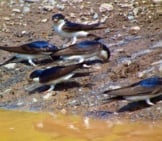
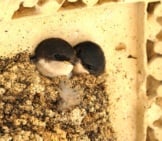

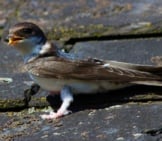
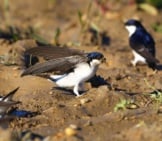
![Red Angus Closeup of a beautiful Red Angus cowPhoto by: U.S. Department of Agriculture [pubic domain]https://creativecommons.org/licenses/by/2.0/](https://animals.net/wp-content/uploads/2020/03/Red-Angus-4-238x178.jpg)












![Red Angus Closeup of a beautiful Red Angus cowPhoto by: U.S. Department of Agriculture [pubic domain]https://creativecommons.org/licenses/by/2.0/](https://animals.net/wp-content/uploads/2020/03/Red-Angus-4-100x75.jpg)

